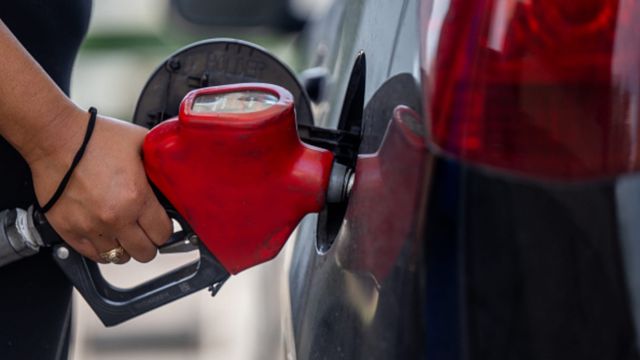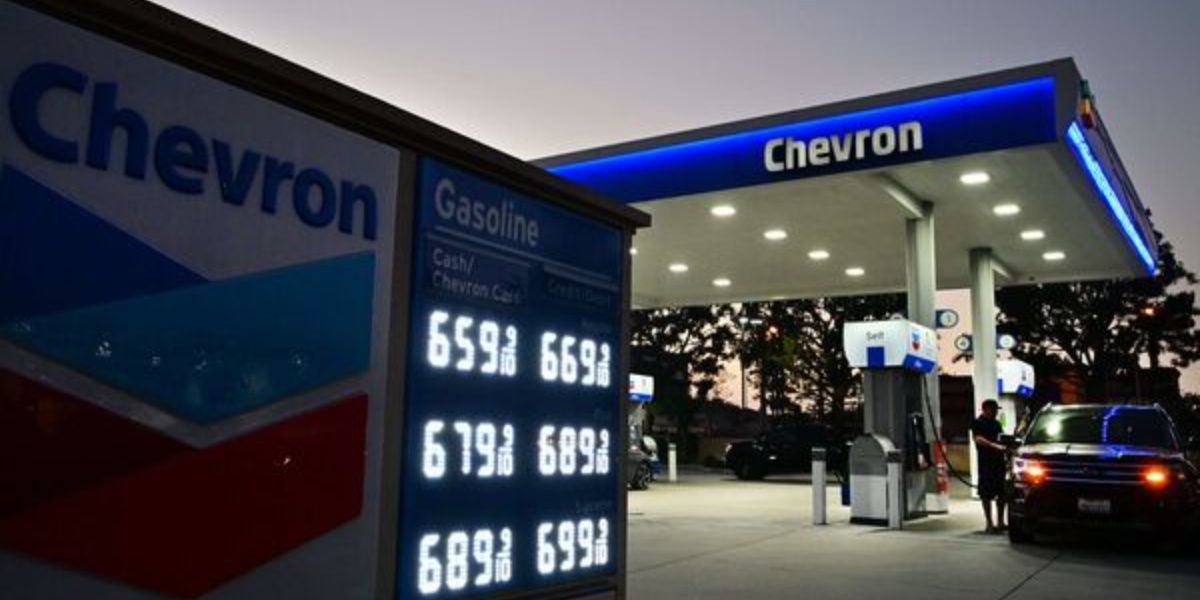As summer winds down and the back-to-school season begins, many drivers are keeping a close eye on gas prices. Recent reports indicate that local gas prices are indeed falling, but the decrease is happening at a slower pace than many had hoped.
Let’s take a closer look at the current state of gas prices, the factors influencing these changes, and what consumers can expect moving forward.
Current Trends in Gas Prices
In the past few weeks, many areas have seen slight reductions in gas prices. According to the latest data, the average price per gallon has decreased by a few cents.
While this is positive news for drivers feeling the pinch at the pump, it’s important to note that the decline has not been as significant or rapid as in previous years.
Factors Influencing Gas Prices
Several factors contribute to the fluctuating gas prices that consumers experience:
- Crude Oil Prices: The price of crude oil remains one of the most significant influences on gas prices. Recent changes in global oil production, geopolitical tensions, and natural disasters can all impact crude oil prices, leading to fluctuations at the pump.
- Seasonal Demand: As summer travel peaks, so does the gasoline demand. Although this demand usually tapers off in the fall, it can take time for prices to adjust accordingly. Many refineries also switch to winter blends of gasoline, which can further affect pricing.
- Local Market Conditions: Each region has its market dynamics, influenced by transportation costs, taxes, and local competition. In some areas, high demand or limited supply can keep prices elevated even as crude oil prices drop.
- Inflation and Economic Factors: Broader economic trends, including inflation, also play a role in gas prices. As the cost of living rises, consumers may feel the impact at the pump, even if the nominal price per gallon is lower.
What Consumers Can Expect

While the gradual decline in gas prices is welcome news, experts suggest that the decreases may not lead to a significant relief for consumers in the short term.
California Lawmaker Lackey Introduces Bill to Suspend Gas Tax
As global oil markets stabilize, prices may continue to fluctuate based on ongoing economic conditions and seasonal changes.
For drivers looking to save on fuel costs, there are a few strategies to consider:
- Shop Around: Prices can vary significantly from one gas station to another. Using apps or websites that track local gas prices can help consumers find the best deals.
- Fuel-Efficient Practices: Maintaining your vehicle and adopting fuel-efficient driving habits—such as reducing idling and driving at moderate speeds—can also contribute to savings at the pump.
- Consider Alternative Transportation: If possible, exploring carpooling, public transportation, or biking can help mitigate the impact of fluctuating gas prices on your budget.
Conclusion
While local gas prices are slowly falling, the journey to significant savings may take time. Understanding the factors at play can help consumers navigate the complexities of the fuel market.
As drivers, staying informed and adopting smart practices can empower you to make the most of your fuel budget, even during times of uncertainty.
For now, it’s a step in the right direction, and hopefully, more substantial drops in gas prices will follow.




